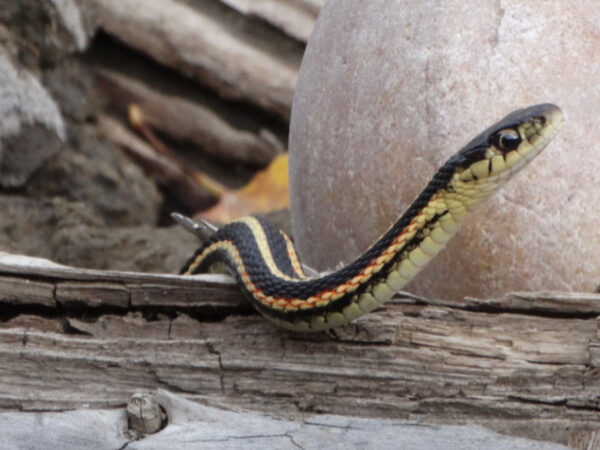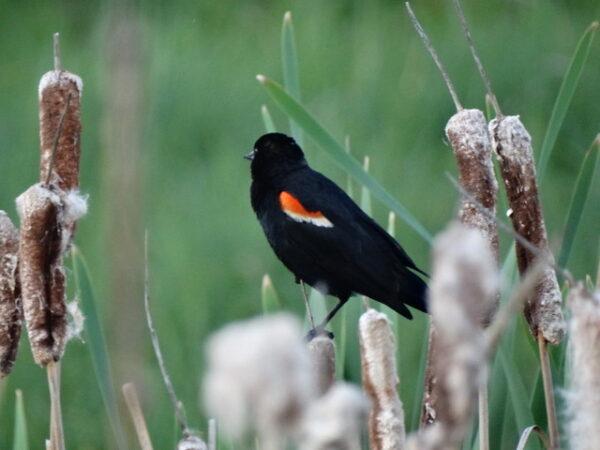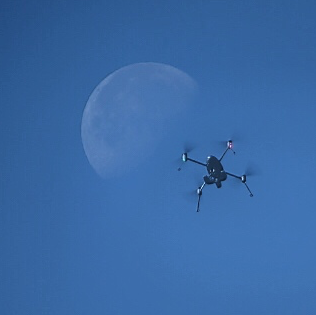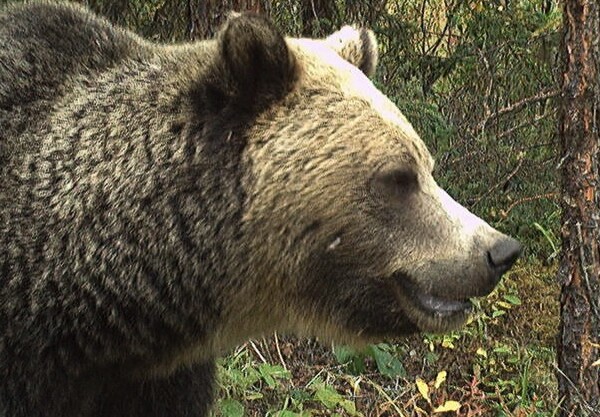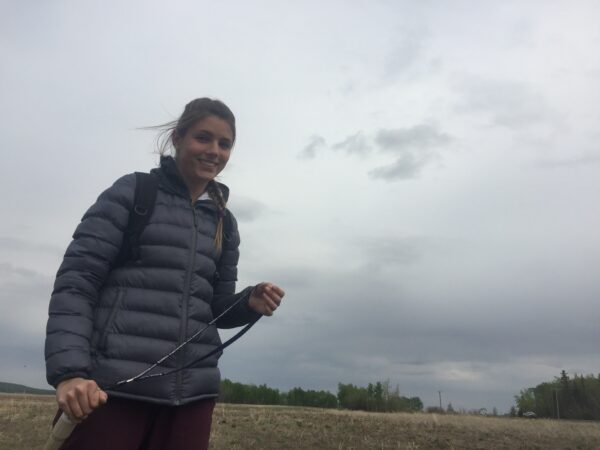If you’ve ever heard the saying “weasel your way out of a situation,” you might not be surprised to learn that weasels are incredibly flexible, capable of slipping through tiny tunnels and quickly escaping danger. From the small least weasel (Mustela nivalis) to the larger long-tailed weasel (Mustela frenata), members of the mustelid family possess a remarkable ability to squeeze into tight spaces. Like a cross between a slinky and a lightning bolt, weasels move with rapid, unpredictable bursts, loping swiftly across open ground. Their distinctive body shape gives rise to some fascinating locomotion mechanisms.
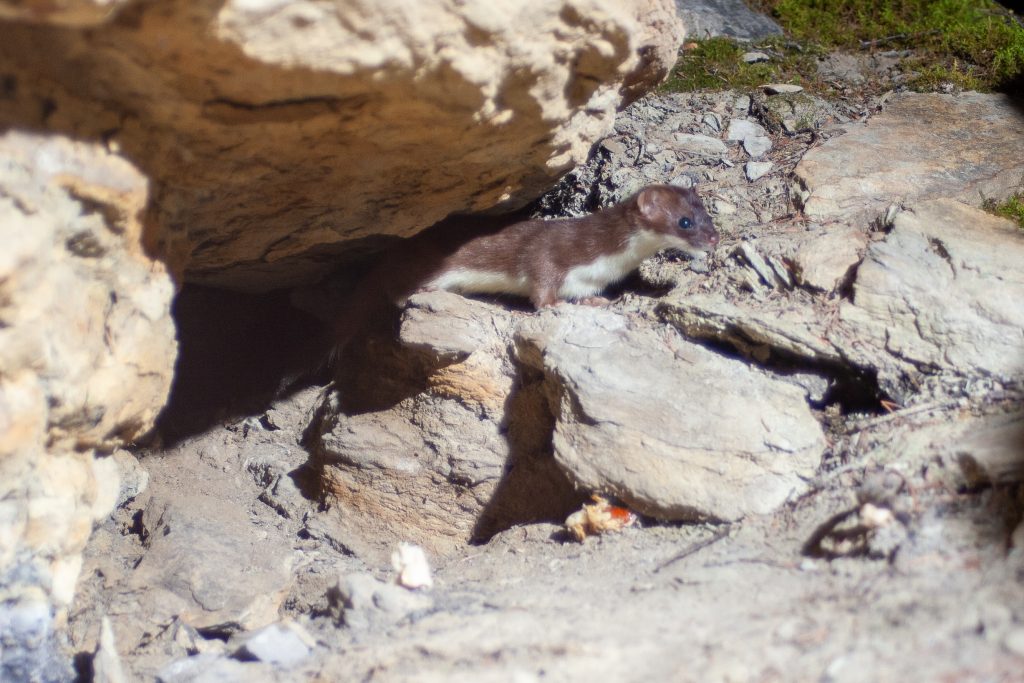
A weasel’s springy, erratic movement begins with its skeletal structure. Its highly flexible spine allows for a wide range of motion and flexion during locomotion (Flaherty, 2022). Additionally, the absence of a clavicle permits greater freedom of movement in the scapula, enhancing overall flexibility (Botton-Divet, 2018). Another notable feature of the weasel’s unique body shape is its disproportionately short limbs, which contribute to its almost comical appearance. Weasels are also exceptionally slender relative to their length, an adaptation that enables them to navigate tight spaces while hunting.
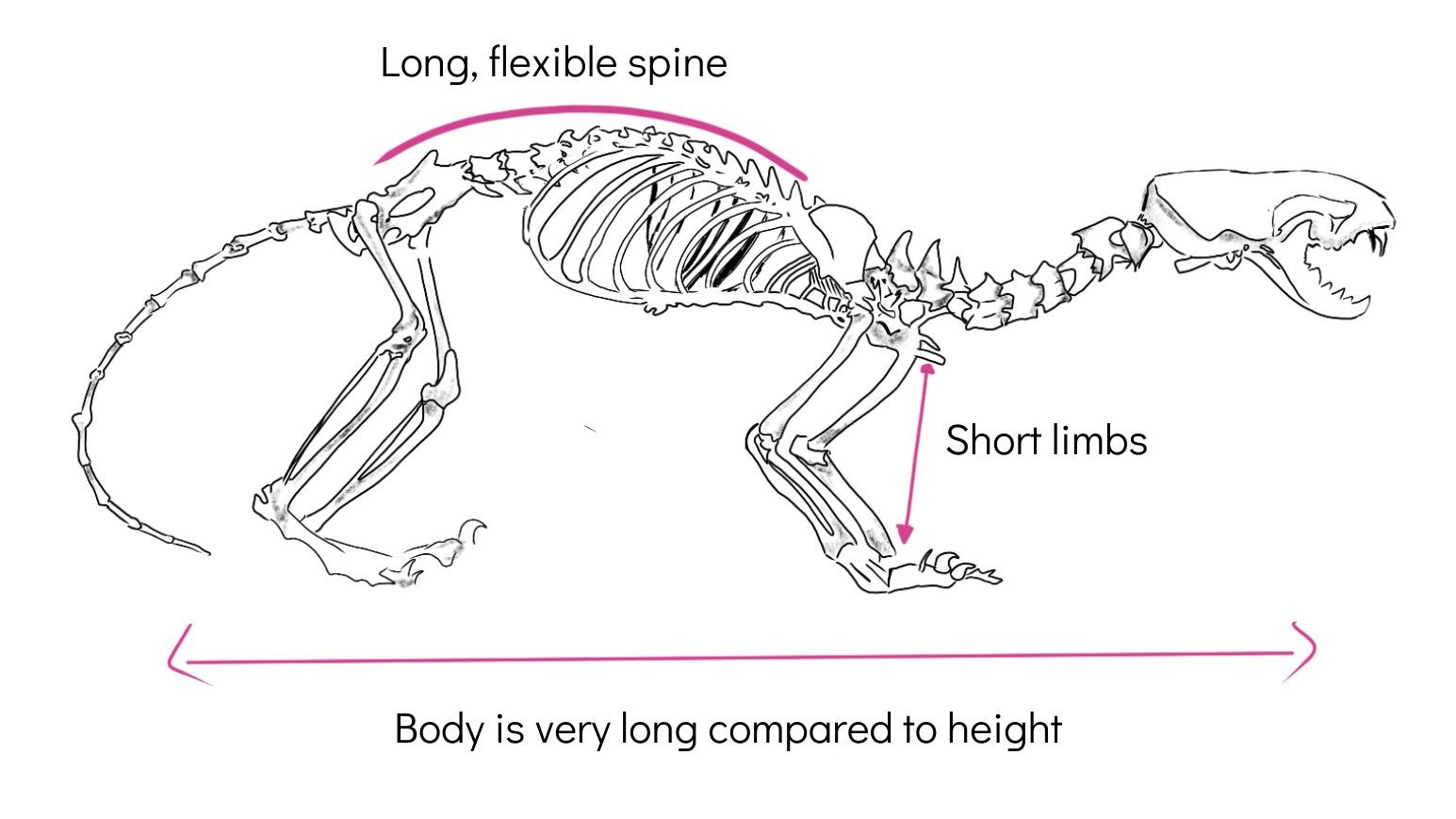
Skeletal adaptations of a weasel. The depicted skeleton is of the species Mustela frenata.
Long, thin, and limber, the weasel uses its body to navigate through dens, tunnels, and the escape routes of its prey. Although its short legs are advantageous for searching dens and squeezing through tight spaces, they become inefficient when crossing larger open areas. To overcome this, the weasel employs a specific gait to maintain speed. Instead of walking or trotting, it uses a loping movement, in which the front legs take off and land together, followed by the back legs landing in the same spot where the front paws had been.
The weasel’s lope appears quite dramatic, with its spine arching and curling before fully extending as the animal propels itself upward and forward. Weasels typically move using a 2×2 angled lope, in which one foot leads in both the front and hind pairs, creating an angled pattern in the tracks they leave behind.

2×2 angled lope diagram. The right front and back foot have a slight lead.
Sometimes, weasels leave behind tracks that differ slightly from a typical 2×2 angled lope. One such variation, commonly referred to as the “dumbbell” 2×2 lope, is distinguished by its unique spacing pattern. In these track sets, the paired imprints alternate between a long stride and a much shorter stride than those in a consistently spaced 2×2 lope, creating an obvious short-long pattern to the track spacing. This short-long pattern is a key identifier of the “dumbbell” variation, even in the absence of additional markings.
Often, a central drag mark connects the two closely spaced imprints, giving the track the appearance of a dumbbell. While this drag mark is a notable feature of the pattern, it does not always occur—particularly under certain snow conditions—yet the close spacing between track pairs remains evident.
The exact cause and mechanism behind the formation of this distinctive track pattern remain unknown. One hypothesis suggests that the “dumbbell” shape results from the paws dragging as the hind paws overshoot the front. However, if this were the case, we would expect to see only two footprints (left and right front) in the first pair and two (left and right hind) in the second. Field observations contradict this theory, as all four feet are often represented in each imprint pair, with the hind feet landing on or nearly on top of the front tracks.
The “dumbbell” 2×2 lope remains a locomotive mystery. Further analysis of weasel movement may help clarify how and why this unusual track pattern forms.

“Dumbbell” lope diagram.
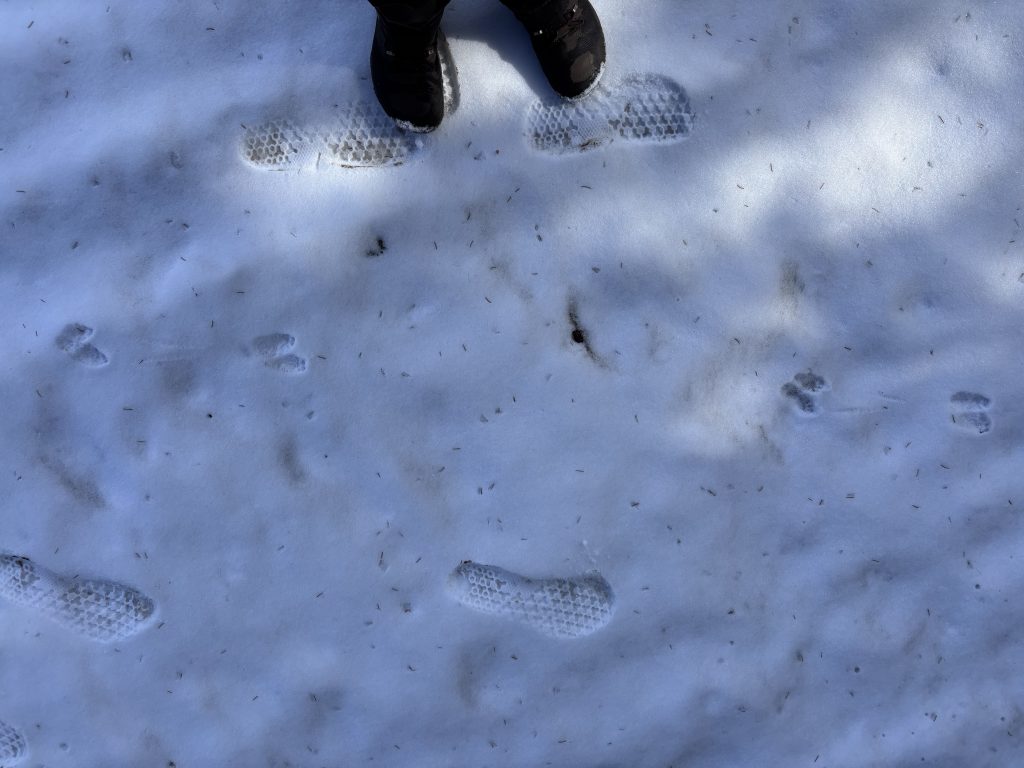
Short, long pattern made by a long-tailed weasel, clearly showing four footprints in each group.
An issue the weasel faces through its anatomy and locomotion is high levels of energy loss due to sporadic movement. The high degree of spinal flexion the weasel experiences while loping uses high amounts of energy and effort. The long thin shape of the weasel also exposes a lot of surface area to the air, leading to more energy lost to body temperature regulation. (King 1989). Weasels have to ensure that they feed frequently enough to keep up with the energy lost to their sporadic movements.
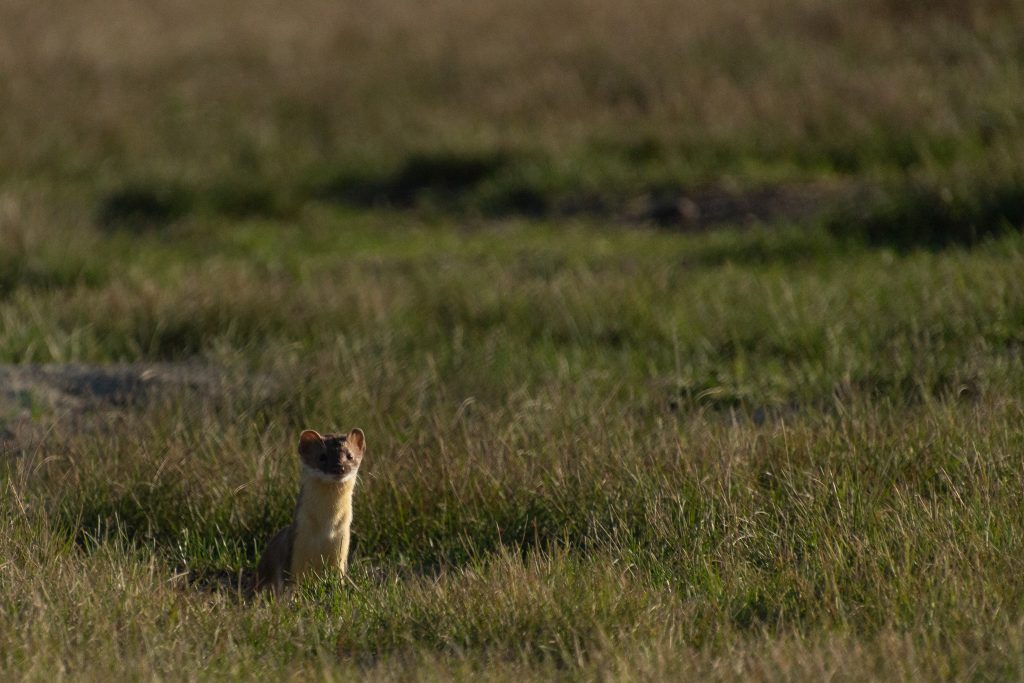
While the “jerky up and down, short and long” pattern in weasel movement is primarily derived from field observations and track interpretation rather than a heavily quantified scientific locomotion and biomechanics study, it aligns with the general understanding of mustelid movement. This gait likely represents an adaptation that enhances manoeuvrability, hunting stealth, predator avoidance, and energy efficiency. The variability in stride length may help weasels react quickly to both the dynamic behavior of prey, predators, and the unpredictable nature of its environment.
Understanding how animals move is a core component of interpreting their tracks, and can give us insights into their ecology, behaviour, and evolution.
“Weasel Locomotion” was researched, written, and illustrated by Bria Griffin
References:
Botton-Divet, L., A. Houssaye, A. Herrel, A.C. Fabre, R. Cornette. 2018. Swimmers, Diggers, Climbers and More, A Study of Integration Across the Mustelids’ Locomotor Apparatus (Carnivora: Mustelidae). Evolutionary Biology. 45, 182-195. Swimmers, Diggers, Climbers and More, a Study of Integration Across the Mustelids’ Locomotor Apparatus (Carnivora: Mustelidae) | Evolutionary Biology
Flaherty, E.A. 2022. Mustelidae Locomotion. Encyclopedia of Animal Cognition and Behaviour. 4496-4500. 00000A6333 4033..4529 ++
King, C.M. 1989. The Advantages and Disadvantages of Small Size to Weasels, Mustela Species. Carnivore Behaviour, Ecology, and Evolution. 302-334. The Advantages and Disadvantages of Small Size to Weasels, Mustela Species | SpringerLink
Loy. A. 2018. Mustelidae Morphology. Encyclopedia of Animal Cognition and Behaviour. 1-13. Mustelidae Morphology | SpringerLink

